Keystone Trees
American Chestnut & Atlantic White Cedar
Long Island’s geological history resulted in a range of conditions and a diversity of habitats. Deciduous trees thrived in the rich soils of the glacial moraines, while a vast network of maritime forests grew on lowlands among the island’s network of coastal streams . These habitats featured two of Long Island’s iconic trees – American Chestnut and Atlantic White Cedar.
American Chestnut
The American chestnut was once a common tree in the forests of the Eastern United States; it ranged from Georgia to Maine and from the Mississippi to the Atlantic, including parts of Long Island. In the heart of its range, on the slopes of the Appalachian Mountains, it was a dominant tree species, growing over 100 feet tall and earning its moniker as the “Redwood of the East”. But an Asian chestnut tree imported into New York in the late 1800s carried a fungus that would change everything. While the fungus only sickened Asian chestnuts, it was fatal to their American cousins. The “Chestnut Blight” as it came to be known, was first noticed in the Bronx Botanical Garden in 1904. Within fifty years, it spread across the American chestnut’s entire range, killing as many as 4 billion trees and nearly driving the tree into extinction. But the saga isn’t over yet. Almost since the blight started, scientists have kept the species on life support, while feverishly working to figure out a way to beat the blight. The effort, led by the American Chestnut Foundation (ACF), includes work to foster natural resistance, extensive crossbreeding, even genetic bioengineering.
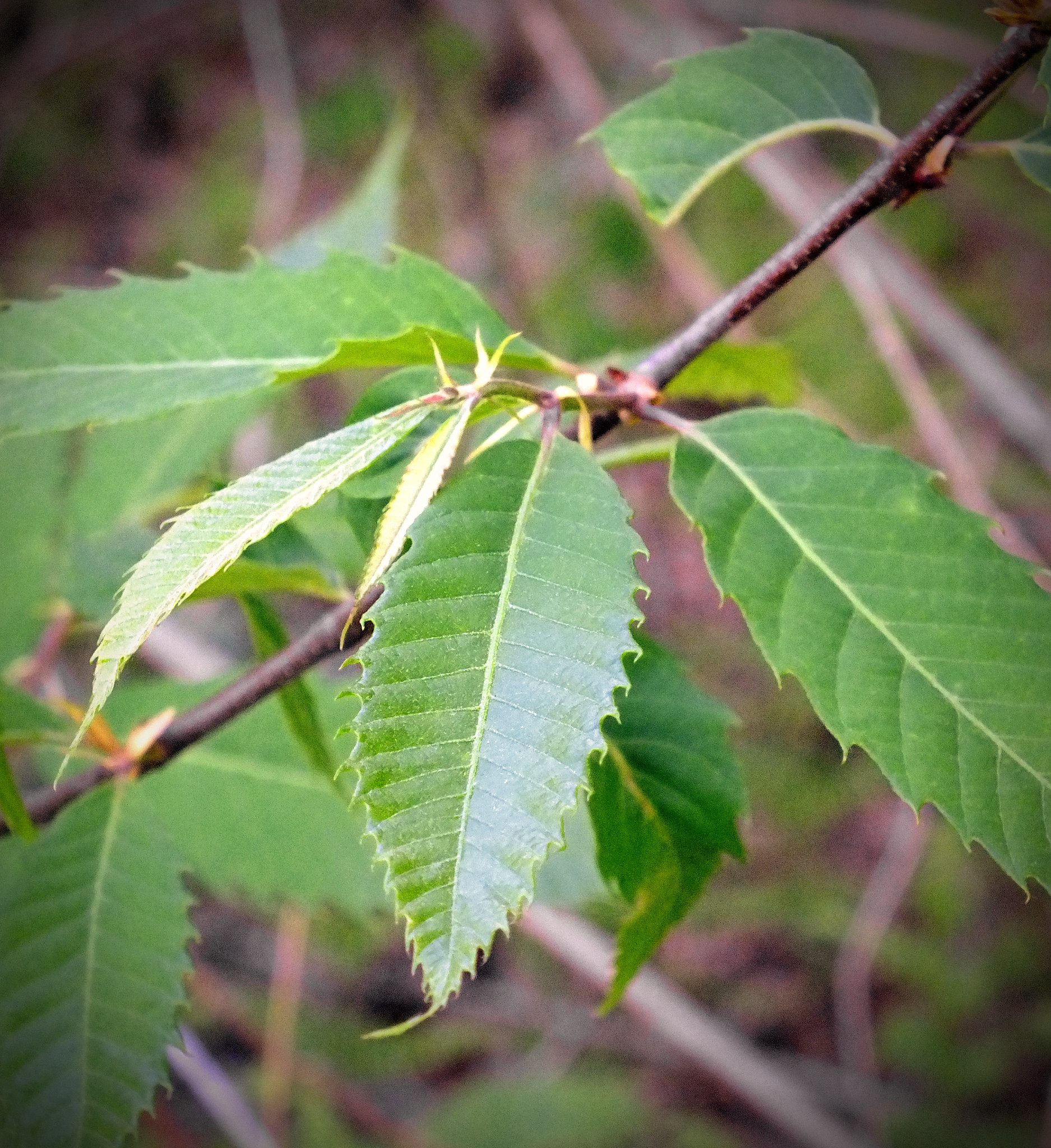
Since 2003, Seatuck has worked to maintain the genetic viability of Long Island’s remaining American Chestnuts. We identify and pollinate existing trees, trying to coax out a few viable nuts before the blight catches up to them. The nuts are then planted and young saplings watched until they are mature enough to flower, bear nuts and start the cycle over again. The goal is to keep this native “Long Island stock” going until the scientists come up with a solution to the blight.
Think you’ve found an American Chestnut?
Have you found a tree on Long Island that you think might be an American Chestnut? The first step is to use this identification guide from the American Chestnut Foundation to make sure it’s not another chestnut species or a hybrid (it can be hard to tell sometimes!). If you still think it’s an American Chestnut, please let us know – you can give us a call at 631-581-6908 or email us at [email protected]. We’ll make plans to visit the tree with you or put you in touch with our partners who represent the American Chestnut Foundation on Long Island.
Atlantic White Cedar
Atlantic White Cedar (Chamaecyparis thyoides) was once a common evergreen tree that was widespread across Long Island. It was found along most, if not all, of the streams on the south shore, selected areas inland and along the north shore. The species was common to abundant in the Pine Barrens where today, the largest extant populations remain, and in several locations on the South Fork. A large stand once occurred on Plum Island although it appears to not have existed on the North Fork.
With the exception of one other population located in the lower Hudson River Valley, the species total distribution in New York State is restricted to Long Island. And throughout its larger range Atlantic White Cedar generally lives up to its name, never growing far from the Atlantic Coast (the inland most population is only 90 miles from the ocean).
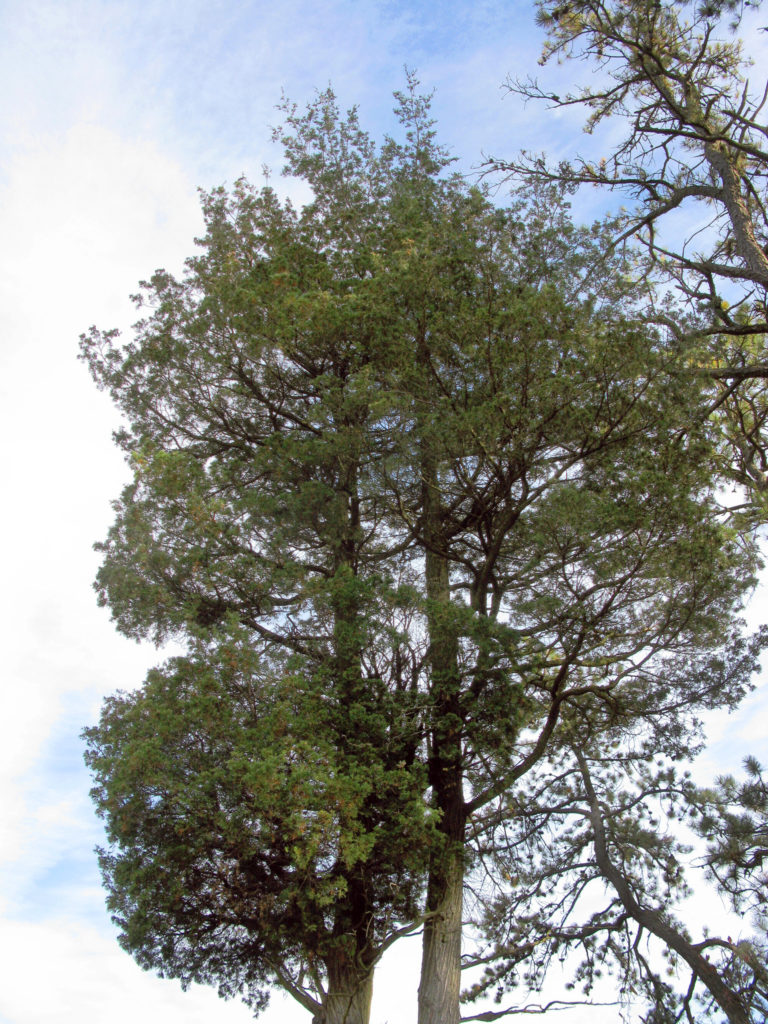
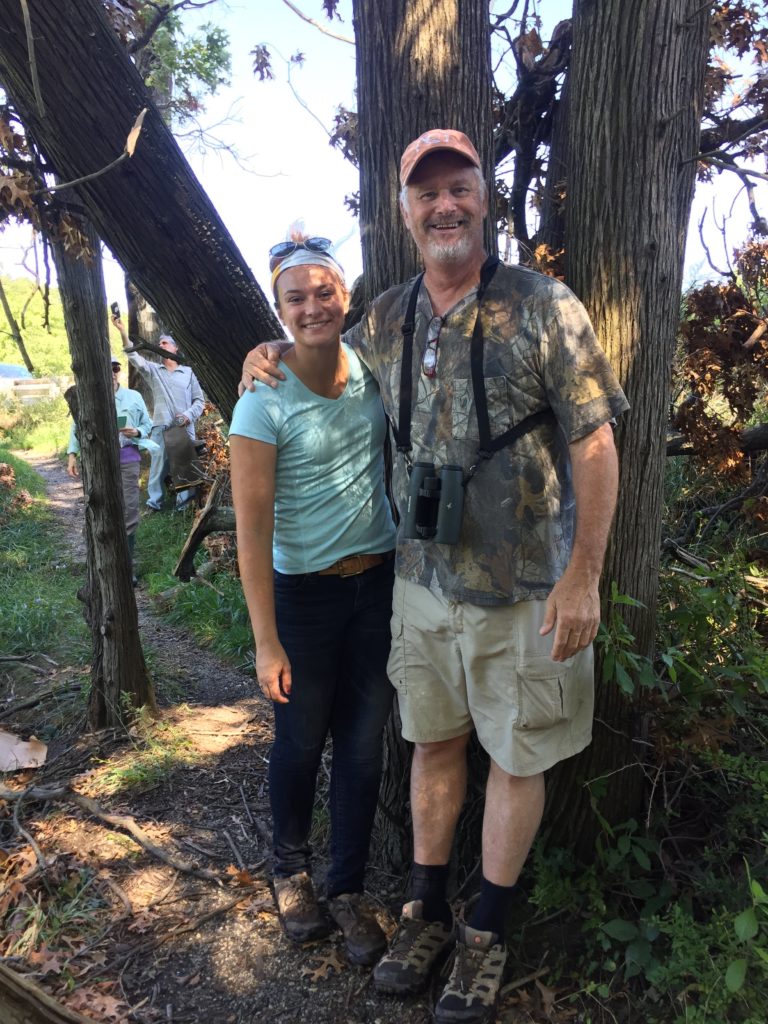
White Cedar is distinctive from other evergreen trees native to Long Island. It has distinctive flattened branches with minute leaves that often form flat sided “sprays”. The cones are small, the size of a pea. The smooth bark is often slightly spiraled, a feature best seen on larger trees.
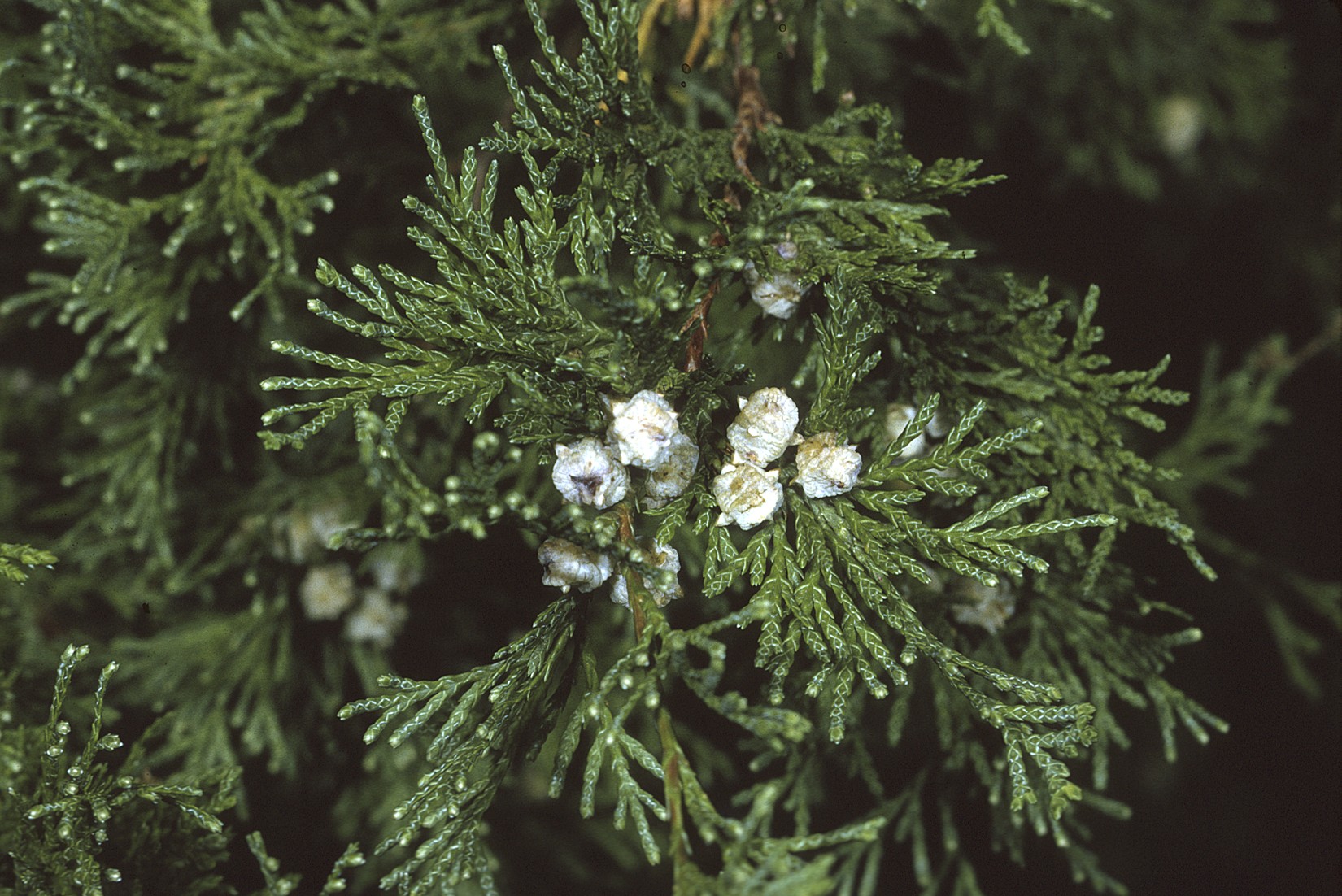
Related Information
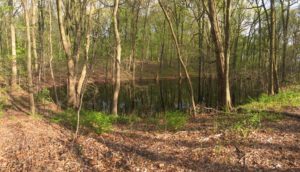
Vernal Pools
The Long Island Vernal Pool Project is an island-wide effort to identify, map and safeguard these rare habitats and the unique assemblage of wildlife they support.
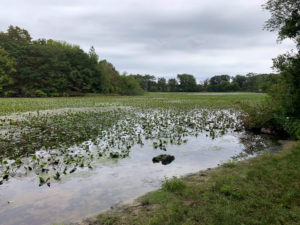
Bellmore Creek Copy
Progress continues on the effort to develop plans for fish passage at the Wantagh Mill Pond. Check here for the latest updates.
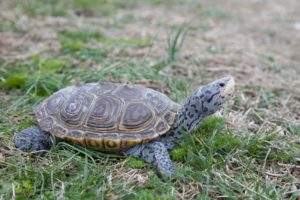
Diamondback Terrapins
Diamondback Terrapins About Diamondback Terrapins One of Long Island’s more iconic coastal species is the Diamondback Terrapin (Malaclemys terrapin), the only turtle in the world that inhabits brackish water habitats such as salt marshes, tidal creeks, and shallow bays and
